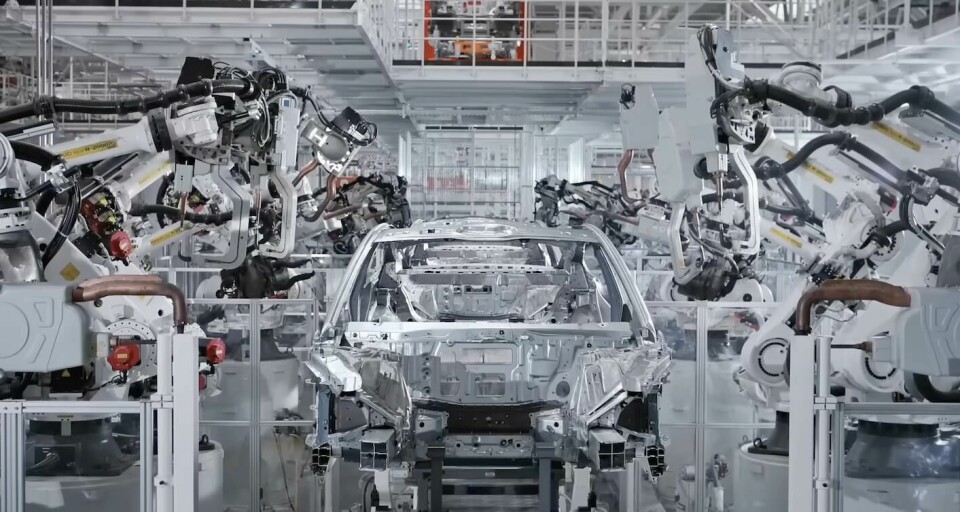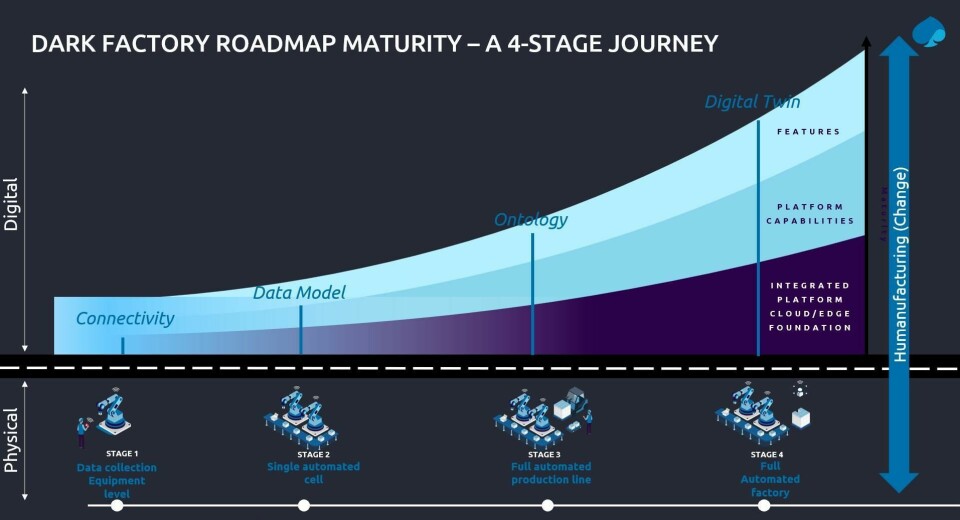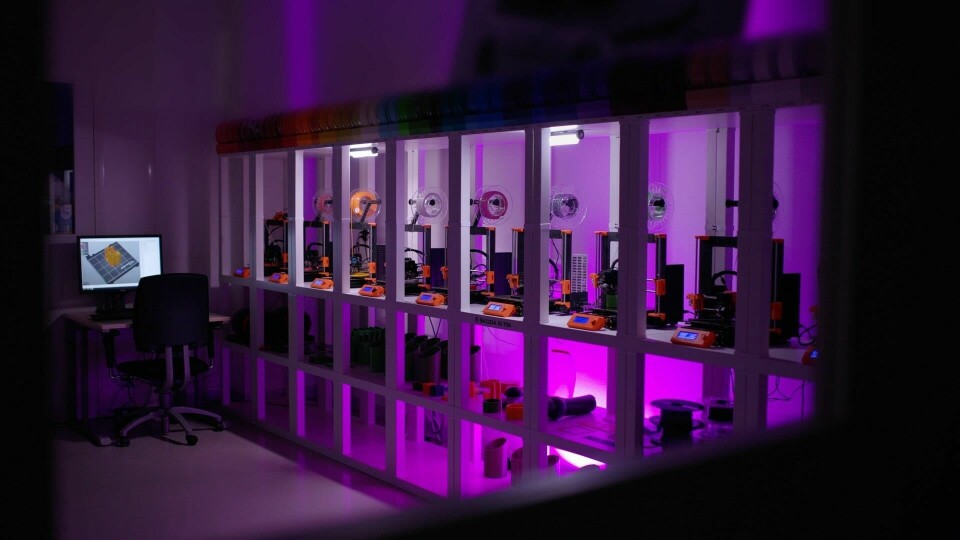
Lowering costs through sustainable manufacturing
Sophisticated and complex technologies could be used to reduce costs and make manufacturing more eco-friendly, but simple solutions might be the most effective
The eco-friendly option in any sector, from fashion to food, comes with a price tag. In automotive, uptake of EVs and fuel cell vehicles has long been hindered by the cost of the vehicles, for example. But could greater reliance on certain sustainable manufacturing techniques help reduce factory operating costs and result in cheaper vehicles for the consumer?
House of cards
“Sustainable manufacturing at its essence is an approach that leverages available technologies and practices to maximise resource efficiency and reduce waste,” Sherri Monroe, executive director of the Additive Manufacturer Green Trade Association (AMGTA), tells AMS. “Whether viewing “sustainable” as meaning better environmental and social outcomes or sustaining the organisation’s economic viability and longevity, it still comes down to resource efficiency.”
Monroe argues that both the above definitions of sustainability are reliant on reducing waste, be it regarding materials and energy, or labour and time. For a business to be environmentally sustainable, there is a direct and clear need to reduce material and energy waste. For the same business to be economically sustainable, it must reduce labour and time wastage. The two are intrinsically linked, she argues, and must both be considered equally important.
Ahmed AbdelNasser, CEO of GebX Technology Solutions – a consultancy firm and software provider based in the UAE that aims to help clients become more eco conscious – offers another definition of sustainable manufacturing. He believes that companies should be analysing every area of their operations, not just the factory floor.
“Sustainable manufacturing isn’t just about ensuring your factory floor is eco-friendly; it’s about creating a ripple effect that extends beyond your operations to the entire supply chain,” he states. “It’s like building a house of cards where every card represents a different aspect of production, from raw materials to the finished product, and ensuring each one is as sturdy and sustainable as the next.”
“Viewing sustainable manufacturing as maximising resource efficiency creates a completely different mindset and brings new and better opportunities into focus”

Lights-out manufacturing
There are several methods and technologies that could be an integral part of this holistic approach as carmakers look to make their manufacturing operations sustainable. Some of these could also help to lower the costs associated with manufacturing.
The rise of the Industrial Internet of Things (IIoT), growing capability of automation, AI and 5G connectivity has made the concept of the dark factory, or “lights-out manufacturing”, more attainable than ever. The idea is for raw materials to enter and a finished product leave with little or no human intervention. And while significant investment may be required before it can be implemented by carmakers, the dark factory could help to boost efficiency, reduce operating costs and simultaneously lower the environmental impact of vehicle production.
Labour costs are far lower as few, if any, human workers are required on site. Production can continue around the clock, 365 days a year, uninterrupted by a myriad of human factors such as accidents and injuries, national holidays, sick days and global events such as the COVID outbreak.
Construction of new dark factories can be located further away from labour pools, taking advantage of cheaper land prices. The factory can also be designed to be more energy efficient by, for example, excluding unnecessary lighting, ventilation and central heating systems that would only benefit the human worker.

Xiaomi, a China-based producer of consumer electronics and vehicles, is currently operating a highly automated factory on the outskirts of Beijing that can produce 40 of its SU7 models per hour. The facility includes a hyper die-casting cluster technology that the company developed in-house, with the ability to combine the car’s rear underbody from a proprietary die-casting titanium-based alloy. It casts 72 components into one, avoiding the need to weld around 840 joints. Much of the bodyshop and paintshop is automated, as is the final assembly line and quality control.
Like the dark factory, the microfactory concept also brings potential cost savings and environmental benefits. “These smaller, highly efficient production facilities are designed to be flexible, localised, and resource efficient,” explains AbdelNasser. “Microfactories allow companies to scale production in a way that reduces transportation costs, minimises waste, and adapts quickly to market demands. They’re like the boutique cafés of the manufacturing world – specialised, efficient, and close to the customer.”
Smart centralised systems
Tying into the dark factory and microfactory concepts, but not exclusively bound to them, is the centralised digital platform that connects each process within the factory. Many vehicle manufacturing sites around the world already use such a system, but the added integration of AI could allow them to further improve efficiencies while also lowering costs and reducing the carbon output of plants.
“The digital transformation of the automotive industry, led by innovations in cloud technology, aims to consolidate all business processes, systems and partners, making processes lean, precise and sustainable with constant optimisation,” Albert Weessies, head of Northern Europe, Seeburger AG, tells AMS.
Seeburger has been working with OEMs and tier suppliers in the automotive industry on the digitalisation of manufacturing operations and supply chains since 1986. Its BIS platform, which was launched in 2010, is a scalable cloud-based system that acts as a consolidated data centre that can, for example, collect real-time information from production lines to enable the documentation of production quality and ensure traceability of safety-critical parts, as well as data from across the supply chain.
“As data no longer needs to be individually assigned and translated, companies can significantly reduce their integration costs and improve overall operational efficiency,” Weessies claims.
Additive makes history
Recycling is often mentioned in the same breath as sustainability and has long been a cornerstone in efforts to reduce the environmental impact of human activity. But some experts believe that carmakers need to ensure they are not over-producing before they tackle recycling.
“Viewing sustainable manufacturing as maximising resource efficiency creates a completely different mindset and brings new and better opportunities into focus,” Monroe suggests. “More efficient use of energy, materials, distribution, and warehousing, and reduced production and inventory waste leads to better economic and environmental outcomes. Recycling can be an option and is often a first thought. However, the logistics for recycling can increase both economic and environmental costs. Reducing production-related waste and over-production may deliver a better outcome. Over-production alone leads to increased warehousing and obsolescence costs as well as less flexible product offerings.”
Additive manufacturing could be one way of combating over-production, Monroe continues. Parts consolidation through 3D printing can allow for smaller and lighter single systems with enhanced performance and durability. It could also lead to more efficient traditional manufacturing through nearer and quicker fabrication of production-related parts, tooling and moulds.
“The days of producing one part design in high volumes, from a single location, all at one time, to support multiple platforms, incurring warehousing, distribution, and capital encumberment costs, could quickly become history,” Monroe predicts. “There is a global reimagining happening because of the COVID-19 pandemic, recent geo-political events, and the effects of climate change. Additive manufacturing practices could be the answer to many of these challenges, but this will require increased collaboration between AM technology developers and the users of these technologies to ratchet up the capabilities and unlock their potential.”
“As we navigate fluctuating energy markets and the limited availability of resources, we have adopted hybrid solutions that combine multiple resources and adhere to circular economy principles”

Less is more
Returning to Monroe’s initial definition of sustainability, one of the most obvious ways of lowering the environmental impact of car factories is by reducing waste. Many OEMs have been making sustained and concerted efforts to invest in waste management systems.
Skoda recently published its 2023 sustainability report, in which it claimed to be making “significant progress” towards achieving carbon-neutral production at its three Czech plants by 2030. One of those three factories is in Kvasiny – a small town in the Northeast of the country, close to the Polish border. Speaking to AMS, Miloš Halbich, head of Skoda’s Kvasiny plant, describes his plans to meet the company’s target while also highlighting several challenges.
“As we navigate fluctuating energy markets and the limited availability of resources, we have adopted hybrid solutions that combine multiple resources and adhere to circular economy principles,” he says. “At the same time, resource efficiency remains a priority as we incorporate lean manufacturing principles into new initiatives to improve resource usage and minimise waste.”
Halbich lists numerous technologies and methods that are helping him and his team to lower the environmental impact of the Kvasiny plant while simultaneously reducing costs, from smart robotics to centralised data management platforms and the IoT, virtual and augmented reality tools, leveraging AI and 3D printing. However, he highlights the importance of reducing waste as a priority, and like Monroe, implies that material and resource efficiency is of utmost importance for sustainability in manufacturing.
Alison Jones, senior vice president of Stellantis’ circular economy business unit, also emphasises the need to cut waste. “Sustainability ranges from how we source energy, materials and water, and reuse through to increasing the percentage of recycled material in our products,” she clarifies. “It includes reducing water and energy consumption, reducing and eliminating hazardous substances in the materials used, integrating the need to protect the biodiversity of the surrounding areas, mastering the wise use of materials, saving resources and minimising the risk of critical raw material scarcity.”
By focusing on the reduction of waste, both Jones and Halbich believe that manufacturing facilities can become more environmentally friendly and cost effective. Technologies like 3D printing and data management platforms will play a crucial role as factories evolve, but returning to the simple goal of waste reduction is paramount


